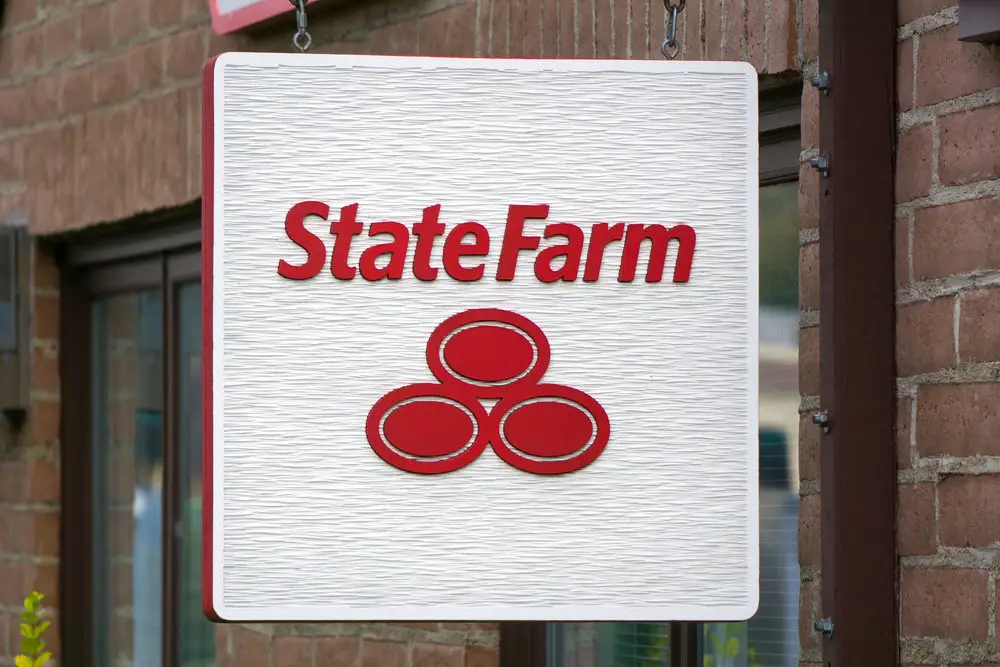Mold in your home is not just unsightly—it can pose serious health risks. Among the various types of mold, some are considered particularly hazardous, often referred to as “toxic mold.” This article will help you identify toxic mold, understand its potential dangers, and provide guidance on dealing with any mold you find in your home.

Understanding Toxic Mold
One of the most well-known toxic molds is black mold, specifically Stachybotrys. This type of mold is often considered more harmful to health than other molds. However, it’s important to note that many molds can cause allergic reactions and health issues in sensitive individuals. Regardless of its type, all mold should be addressed promptly to avoid health complications.
Identifying Black Mold
Black mold, or Stachybotrys, is typically dark green or black with a slimy texture. It thrives in damp, humid areas and often grows on materials like wood, cardboard, paper, hay, or wicker. In homes, it frequently appears on walls in blotchy, dirty-looking patches, often resembling smears.
Other Types of Toxic Molds
Several other molds are also considered toxic:
Acremonium
This mold changes appearance over time, starting as a small, moist mold and eventually becoming a powdery substance. It often grows in humidifiers, cooling coils, and window sealants. Acremonium can be pink, gray, orange, or white and is carcinogenic.
Chaetomium
Common in water-damaged homes, Chaetomium has a cotton-like texture and changes color from white to gray to brown and eventually black as it ages. While not always toxic, it can be harmful.
Fusarium
Found in water-damaged areas, Fusarium can grow on carpeting, wallpaper, and fabrics. It is often pink, white, or reddish and can be both allergenic and toxigenic. It’s also found naturally on food and compost.
Aspergillus
A common household mold, Aspergillus has over 185 species and can appear in various colors. It forms long, flat spores that create thick layers on surfaces. Aspergillus can cause allergic reactions and, in some cases, produce aflatoxins, which are carcinogenic.

Recognizing Dangerous Mold
Any mold, regardless of its color, can be dangerous. It’s essential to address any mold you find in your home promptly. Mold exposure can cause a range of health issues, particularly for individuals with autoimmune disorders or compromised immune systems.
Common Symptoms of Mold Exposure
- Stuffy head
- Headaches
- Itchy eyes
- Sinus issues
- Respiratory problems (e.g., asthma attacks, lung infections)
- Severe allergic reactions
Steps to Take if You Find Mold
- Immediate Action: Don’t wait to address mold. The longer it sits, the more it can spread and the harder it becomes to remove.
- Identify the Mold: While it’s useful to know the type of mold, the priority should always be removal. Black mold and other toxic molds should be handled with care.
- Hire a Specialist: Mold remediation specialists are trained to handle mold safely and effectively. They can assess the extent of the mold, contain it, and remove it without spreading spores or causing further contamination.
Conclusion
Mold is a serious issue that should not be taken lightly, regardless of its type or color. While black mold, particularly Stachybotrys, is infamous for its toxicity, other molds like Acremonium, Chaetomium, Fusarium, and Aspergillus can also pose significant health risks. The key to protecting your health and home is to act quickly and call in professionals to handle mold remediation. By doing so, you ensure the safety and well-being of everyone in your household. If you encounter mold, remember: better to be safe than sorry. Call a specialist right away.









